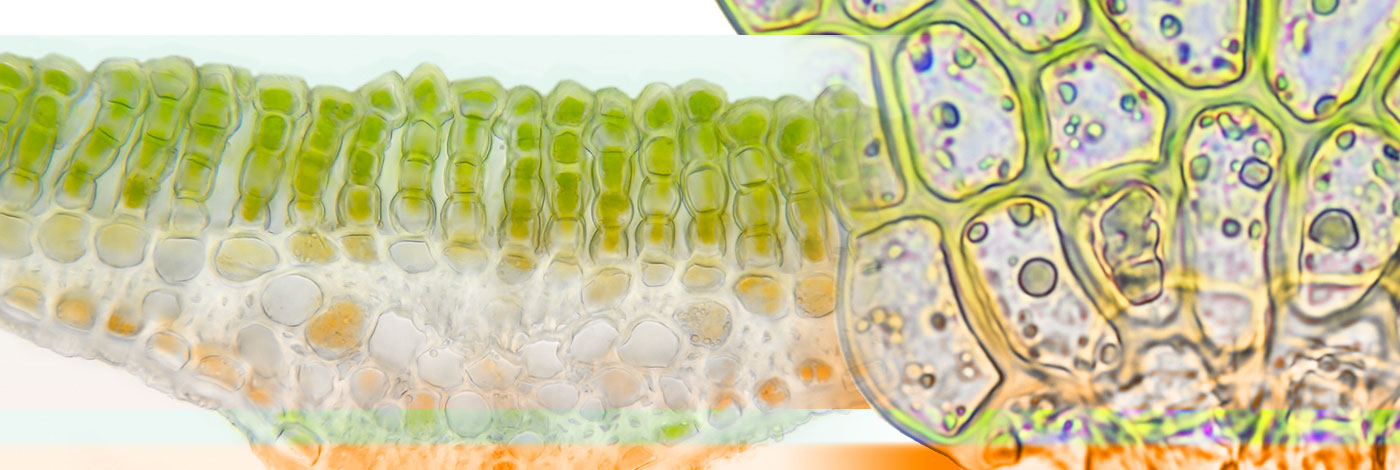
 Cryptogamie, Bryologie
39 (2) - Pages 201-211
Cryptogamie, Bryologie
39 (2) - Pages 201-211Hornworts are the least species-rich bryophyte lineage, but represent a key group to understand the evolution of plants because, together with the remaining bryophyte lineages (mosses and liverworts), they constitute the earliest diverging land plants. The responses of hornworts to ultraviolet (UV) radiation are unknown, but they may be important to infer how primitive hornworts (and bryophytes in general) coped with UV upon land colonization. In this context, our aim was to show the first data on the effects of UV radiation on the accumulation patterns of phenolic UV-absorbing compounds (UVACs) in the emerging model hornwort Anthoceros agrestis. Thalli of 52 days age were exposed to photosynthetically active radiation (PAR) alone (P regime) and to a combination of PAR + UV-A + UV-B radiation (PAB regime) for 21 days, using realistic UV doses (equivalent to the natural ambient doses received in summer at mid-latitudes). At the end of the culture period, we measured the bulk levels and individual contents of phenolic UV-absorbing compounds (UVACs), differentiating in both cases the UVACs located in the methanol-soluble (mainly vacuolar) and -insoluble (cell wall-bound) fractions (SUVACs and IUVACs, respectively). Three soluble and one insoluble compounds were identified, among which the soluble rosmarinic and anthocerotonic acids are not present in any other bryophyte lineage. The bulk levels of SUVACs were higher than those of IUVACs, a physiological trait more typical of liverworts than of mosses. None of the variables measured responded significantly to UV exposure, but all of them showed an increasing trend under the PAB regime. Given that UV responsiveness of phenolic compounds depends on the UV levels used and the thallus age (with decreasing responsiveness as age increases), further research using higher UV levels and younger thalli should be conducted to more reliably establish the UV reactiveness of Anthoceros agrestis.